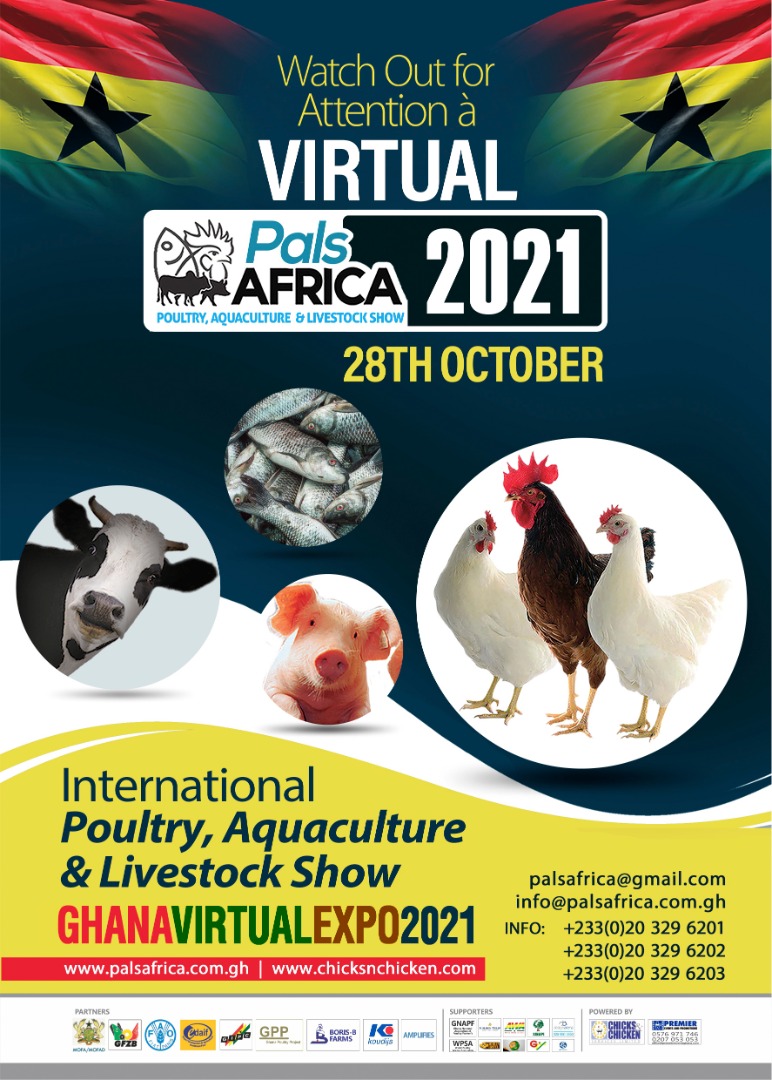From Ghana’s total land area of 23.9 million hectares, about 57% is suitable for agricultural purposes.
The country is classified into three main agriculture zones. The forest vegetation zone consists of parts of Western, Eastern, Ashanti, Brong-Ahafo and Volta Regions. The northern savannah vegetation zone includes the Upper East, Upper West and Northern Region while the coastal savannah includes mainly the Central, Greater Accra and parts of Volta Region.
The northern savannah zone is the largest agriculture zone. Most of the nation’s supply of rice, millet, sorghum, yam, tomatoes, cattle, sheep, goat and cotton are grown in the region. In recent times, mango and ostrich commercial farms are also gaining footholds in the northern zone.
The coastal savannah is notable for rice, maize, cassava, vegetables, sugar cane, mangoes and coconut, as well as livestock. Sweet potato and soybean crops are viable in this agro–ecological zone, under irrigation. The lower part of this zone is drained by River Volta. Together with other streams and lagoons, these water resources present opportunities for fish farming or aquaculture.
In the forest zone where rainfall is plentiful, cocoa, coffee, oil palm, cashew, and rubber are cultivated as is the majority of plantain, banana and citrus supplies crops. The major strengths of the sector include a diversity of commodities, well-endowed drainage basin, a well-established agricultural research system and a relative proximity to the European market.
Agriculture contribution to GDP over the years has shown a steady reduction from 35.4% in 2006 to 25.6 in 2011. The growth rate of the sector however doesn‘t show any clear trend. The growth rate reduced from 4.5% in 2006 to 4.3% in 2007, increased to 5.3% in 2008 and finally reduced to 0.8% in 2011.
Additionally, the agriculture sector recorded a growth rate of 2.6% against a target of 4.8% in 2012 and an actual outturn of 0.8% in 2011.
Sector Earning In Foreign Exchange
About USD 4.23 billion was generated, representing a 70% increase over 2010 earnings of USD 2,490 billion. This however, excludes income from the cocoa sector during the same period. The increase in the export values of horticultural commodities is attributed to increase in quantities exported resulting from strategic initiatives that MOFA in collaboration with other partners are implementing to ensure GlobalGAP compliance by farmers and exporters.
Src: GIPC


